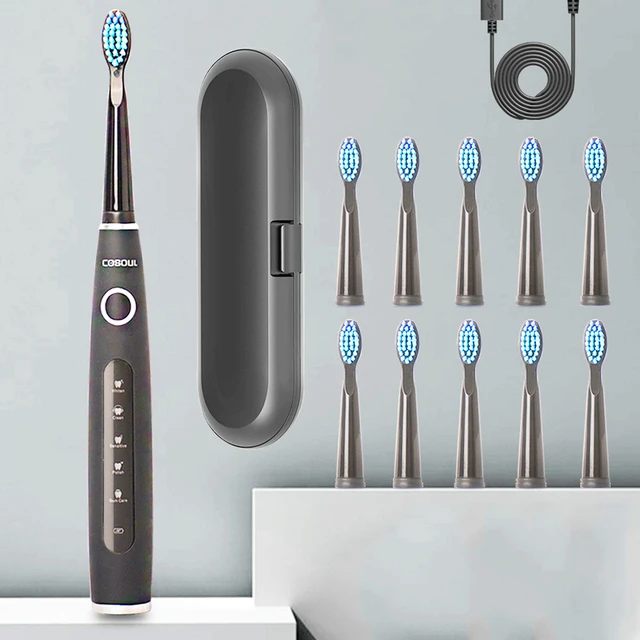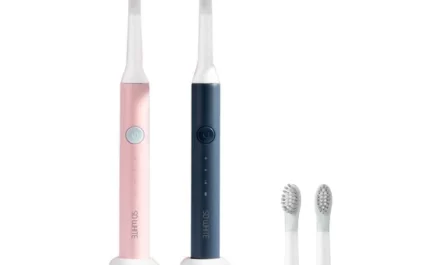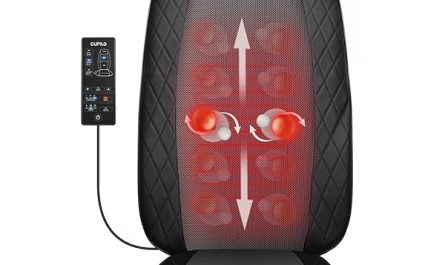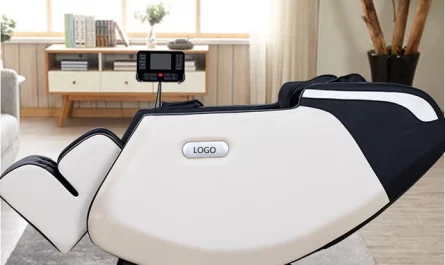Introduction:
Electric toothbrushes are essential tools for maintaining oral hygiene. Knowing when to replace your electric toothbrush is crucial for ensuring effective cleaning and optimal dental health. This comprehensive guide will discuss signs that indicate it’s time to replace your electric toothbrush, recommendations for replacing brush heads, battery and performance issues, and maintenance tips to extend the life of your toothbrush. By following these guidelines, you can make informed decisions about the longevity and effectiveness of your dental care routine.
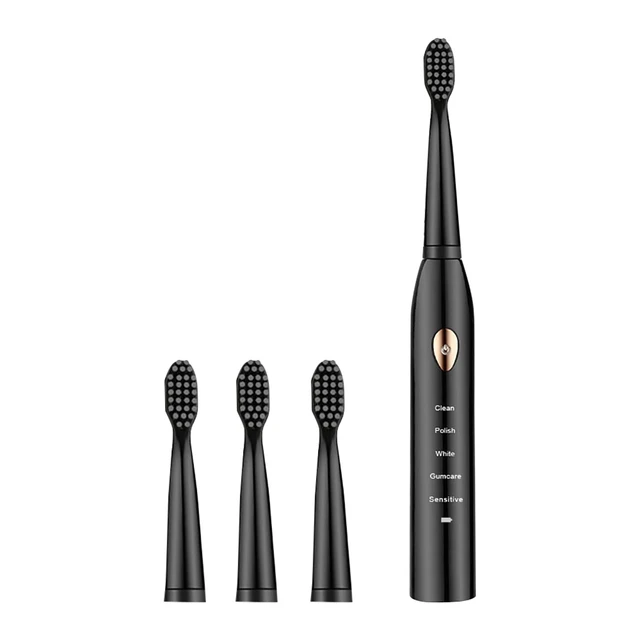
When to Replace an Electric Toothbrush:
How Can You Tell It’s Time for a New One?
Replacing Brush Heads:
How Often Should You Replace Electric Toothbrush Heads?
The brush head is a critical component of an electric toothbrush, and its condition directly affects cleaning efficiency.
Dentist Recommendations:
Standard Replacement Interval:
Every Three Months: Dentists generally recommend replacing the brush head every three months. Over time, bristles become frayed and less effective at removing plaque and debris.
Visual Inspection: Even before the three-month mark, inspect the bristles regularly. If you notice signs of wear, such as splaying or discoloration, it’s time to replace the brush head.
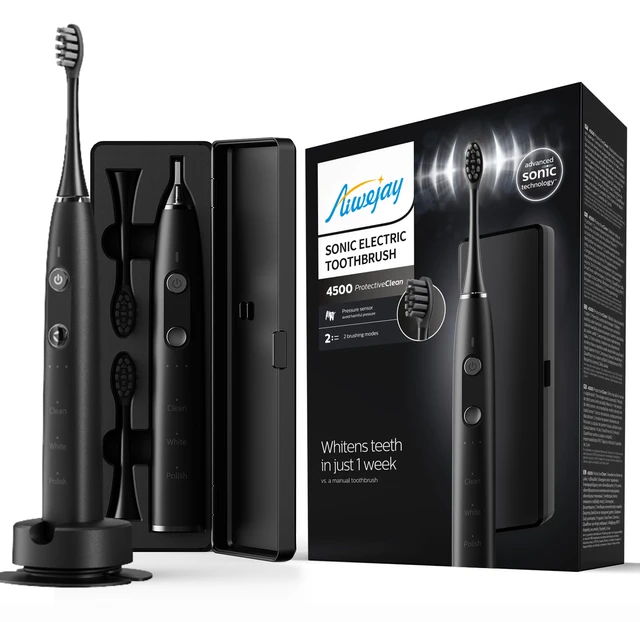 Signs of Wear:
Signs of Wear:
Detecting Wear and Tear:
Frayed Bristles: Frayed and bent bristles are less effective at reaching between teeth and along the gumline. When you notice significant wear on the bristles, replace the head to maintain optimal cleaning.
Discoloration and Staining: Bristles that are discolored or stained can harbor bacteria and are less hygienic. Replace the brush head if it shows signs of discoloration that cannot be cleaned off.
Indicator Bristles:
Built-in Indicators:
Fading Bristles: Many electric toothbrush heads come with indicator bristles that change color over time. When these bristles fade, it indicates that the head is past its prime and should be replaced.
Monitor Regularly: Keep an eye on these indicator bristles and replace the head once you notice significant fading or other signs of wear.
Performance Issues:
What Performance Issues Indicate It’s Time to Replace Your Electric Toothbrush?
Performance degradation can signal the need for replacement or maintenance of your electric toothbrush.
Decreased Power:
Diminished Cleaning Efficiency:
Low Battery Life: If your electric toothbrush isn’t holding a charge as well as it used to, or you notice a significant drop in power during use, it may be time to replace the device or battery.
Weak Vibration: A noticeable decrease in vibration strength can reduce the toothbrush’s cleaning effectiveness. If changing the brush head doesn’t resolve the issue, consider replacing the entire toothbrush.
Inconsistent Operation:
Erratic Performance:
Intermittent Functioning: If your toothbrush turns off unexpectedly or works inconsistently, it could be due to internal motor issues. This inconsistent performance affects cleaning efficiency and indicates the need for replacement.
Button Malfunctions: Buttons that stick or are unresponsive can make the toothbrush difficult to use. Persistent button issues may warrant a new toothbrush.
Battery and Charging:
How Do Battery and Charging Issues Influence the Need for Replacement?
Battery life and charging efficiency are crucial for maintaining the functionality of your electric toothbrush.
Reduced Battery Life:
Power Retention Issues:
Frequent Charging: If you find yourself needing to charge your toothbrush more frequently than usual, the battery may be losing its capacity. Over time, rechargeable batteries degrade and hold less charge.
Short Usage Duration: A fully charged toothbrush should last multiple brushes. If the usage time is significantly reduced, it may be time to replace the toothbrush or its battery if it’s replaceable.
Charging Problems:
Connection and Charging Efficiency:
Difficulty Charging: If your toothbrush has difficulty connecting to its charger or takes longer than usual to charge, the internal battery or charging contacts might be compromised.
Charger Issues: Inspect the charger for any visible damage. Sometimes the problem lies with the charger itself rather than the toothbrush. If replacing the charger doesn’t resolve the issue, consider replacing the toothbrush.
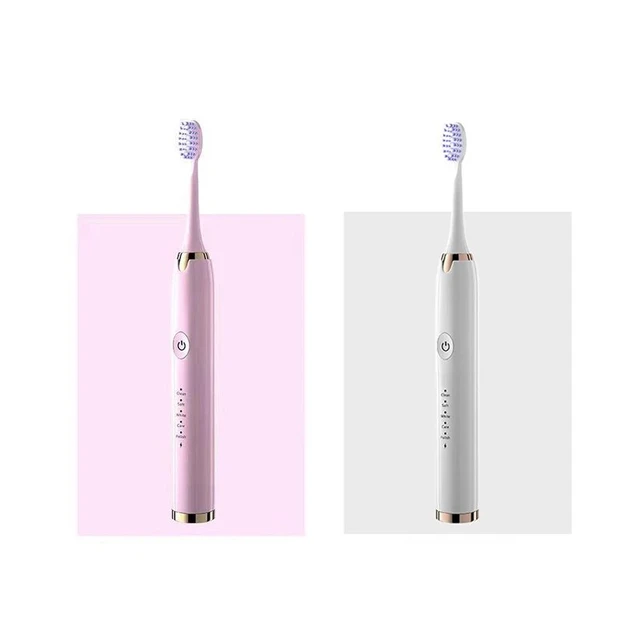 Maintenance and Hygiene:
Maintenance and Hygiene:
How Does Regular Maintenance Affect the Longevity of Your Electric Toothbrush?
Proper maintenance can extend the life of your electric toothbrush and ensure it performs effectively.
Regular Cleaning:
Preventing Build-up:
Cleaning After Use: Rinse the brush head thoroughly under running water after each use to remove toothpaste and debris. This prevents build-up that can harbor bacteria and affect performance.
Deep Cleaning: At least once a week, take apart the brush head and handle (if separable) to clean thoroughly. Use mild soap and water or a toothbrush sanitizer to keep the components hygienic.
Storage:
Proper Storage Practices:
Drying: Ensure the toothbrush and brush head are completely dry before storing them. Moist environments promote bacterial growth and degrade the materials over time.
Upright Position: Store the toothbrush in an upright position to allow it to air dry. Use a holder or stand to keep it off surfaces that may harbor bacteria.
Travel Considerations:
Protection While Traveling:
Travel Cases: Use a travel case to protect your electric toothbrush when traveling. This prevents damage and keeps the brush head clean.
Avoid Extreme Temperatures: Do not expose your toothbrush to extreme temperatures, as this can affect the battery and other components. Keep it in a controlled environment as much as possible.
Health and Safety:
How Do Health and Personal Factors Influence When to Replace an Electric Toothbrush?
Certain health and personal factors can necessitate more frequent replacement of your electric toothbrush or its components.
Illness:
Post-Illness Replacement:
Health Considerations: After recovering from an illness, especially contagious ones like the flu or a cold, it’s a good practice to replace your brush head to avoid reintroducing bacteria or viruses to your system.
Compromised Immune System: Individuals with compromised immune systems or those undergoing medical treatments that affect immunity may need to replace their brush heads more frequently to maintain optimal hygiene.
Gum Disease:
Periodontal Health:
Inflammation and Infection: If you experience gum disease or other periodontal issues, consulting with your dentist about replacing your brush head more frequently can prevent exacerbating the condition.
Sensitive Gums: People with sensitive gums may benefit from softer bristles and more frequent replacement to avoid irritation and ensure gentle cleaning.
Hygiene for Multiple Users:
Family Members: If multiple family members share a single electric toothbrush handle with different brush heads, ensure each user replaces their head regularly. Labeling heads can help avoid confusion.
Sanitization: Consider using a UV sanitizer to keep brush heads clean between uses. This added layer of hygiene can be especially important in a shared setting.
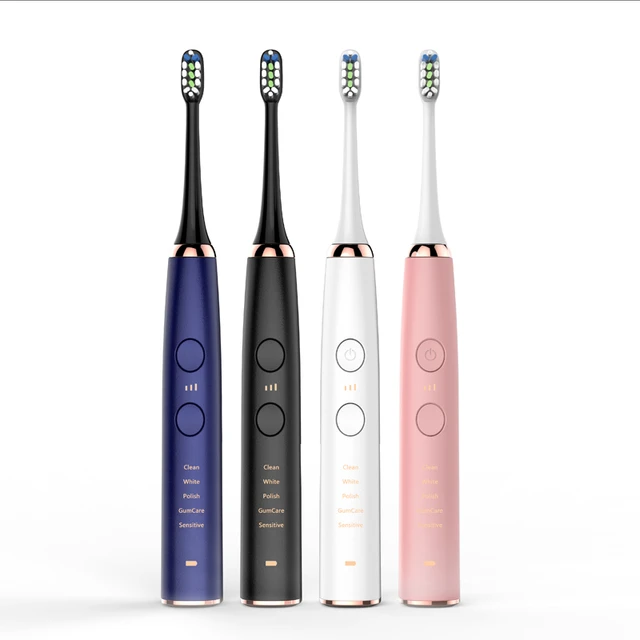 Technological Advances:
Technological Advances:
How Does Advancing Technology Influence When to Upgrade Your Electric Toothbrush?
Upgrading to a newer model can provide better performance and features that enhance your dental hygiene routine.
Improved Features:
Advanced Technology:
Smart Toothbrushes: Newer electric toothbrushes often come with smart features such as Bluetooth connectivity, pressure sensors, and personalized brushing feedback. Upgrading can help improve your brushing technique and overall oral health.
Enhanced Performance: Technological advancements improve the efficiency and effectiveness of electric toothbrushes. If your current model feels outdated or lacks modern features, consider upgrading.
Wear and Tear:
Aging Devices:
Extended Use: Even with proper maintenance, electric toothbrushes wear out over time. If your device has been in use for several years, it might be time for a replacement to benefit from new technology.
Manufacturer Recommendations: Manufacturers often provide guidelines on the expected lifespan of their products. Referring to these recommendations can help you decide when an upgrade is necessary.
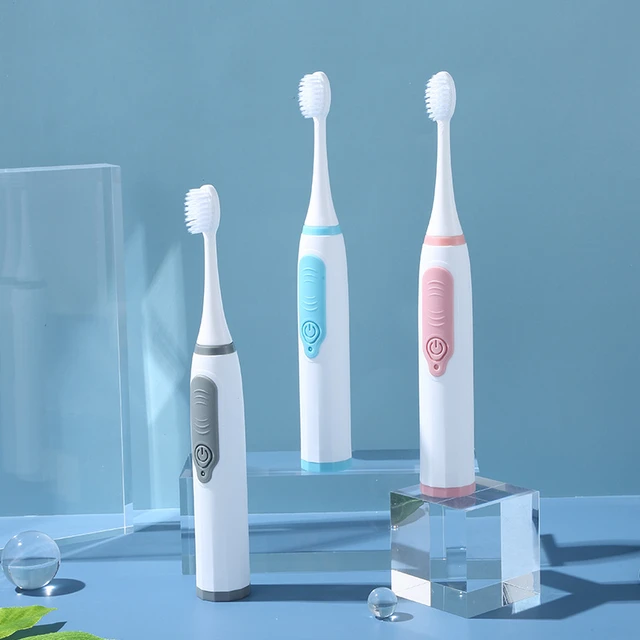 Environmental Impact:
Environmental Impact:
How Can You Responsibly Dispose of Your Old Electric Toothbrush?
Disposing of an electric toothbrush responsibly helps mitigate its environmental impact and supports eco-friendly practices.
Recycling Programs:
Eco-friendly Disposal:
Take-back Programs: Some manufacturers offer take-back programs where you can return your old electric toothbrush for proper recycling. Check with the manufacturer to see if this option is available.
E-waste Facilities: Electric toothbrushes and their components should be disposed of at e-waste recycling facilities that handle electronic devices. This ensures the materials are recycled and kept out of landfills.
Battery Disposal:
Proper Battery Handling:
Remove and Recycle: If possible, remove the battery from your old toothbrush before disposal. Recycle the battery at designated collection points to prevent environmental contamination.
Local Guidelines: Follow local regulations and guidelines for battery disposal. Many communities have specific procedures for handling and recycling batteries safely.
Conclusion
Knowing when to replace your electric toothbrush involves understanding the signs of wear, performance issues, and the impact of regular maintenance on its longevity. Dentists recommend changing the brush head every three months or when bristles show significant wear. Performance issues such as decreased power, inconsistent operation, and battery life decline signal the need for a new toothbrush. Regular cleaning and proper storage extend the toothbrush’s lifespan, while health factors like recent illness and gum disease can necessitate more frequent replacements. Technological advancements provide compelling reasons to upgrade for improved features and efficiency. Responsibly disposing of old electric toothbrushes through recycling programs and proper battery disposal supports environmental sustainability. By paying attention to these factors, you can maintain optimal dental hygiene and make informed decisions about when to replace your electric toothbrush and its components.

